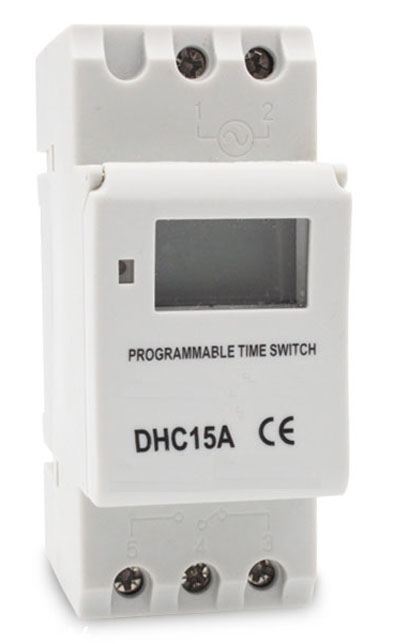Virtual reality (VR) is transforming the way we interact with digital environments, offering a more advanced form of both input and output that can redefine the entire computing interface—not just a "screen," but a "presence." This shift from traditional computers, which focused on input and output devices, has led to the rise of touchscreens in mobile devices, enabling millions to engage with the internet in new ways. As society moves from an "atomic society" into a "bit society," the concept of space itself is evolving.
In the physical world, space has always been a natural resource—something limited and often contested. Historically, competition over land has driven conflicts, political changes, and economic struggles. In architectural design, space was once capitalized and controlled, making architecture a service for the privileged. But in the digital "bit space," the rules change. Here, space is infinite, free from capital and power constraints. There are no profit-driven parties, no governments imposing restrictions, and no investors with control. The laws of physics don't apply, and creativity becomes the only limit.
This evolution presents a new frontier for architects. No longer confined to the physical realm, they now have the opportunity to become "bit architects"—designers of virtual spaces. VR architectural design offers a comprehensive approach that reduces workload, speeds up the design process, enhances quality, and saves costs. It allows designers and engineers to collaborate seamlessly in real time, improving communication and reducing errors.
The significance of VR in the construction industry is immense. It enables more accurate and efficient design processes, allowing for continuous analysis and modification to prevent issues during construction. Virtual reality systems can simulate different scenarios, helping to refine designs before any physical work begins. This not only cuts costs but also improves the overall quality of the project.
Traditionally, construction professionals relied on renderings and 3D animations to present their ideas. However, these methods are time-consuming and expensive, often requiring weeks of work and thousands of dollars. Moreover, they lack the interactivity and depth needed to fully explore a building’s features. With VR, clients can experience a building in a more immersive and detailed way, gaining insights into materials, lighting, weather effects, and more—all in real-time.
One example of this transformation is the Smart+ design platform, which allows designers to upload models from tools like SketchUp or 3D Max and automatically convert them into VR experiences. The platform enriches the models with detailed textures and materials, delivering a fully immersive environment in just minutes. This streamlines the design process and makes it more accessible to all stakeholders.
Globally, the construction industry is embracing VR as a powerful tool. According to a study by ARC Document Solutions, over 65% of construction professionals believe VR makes it easier for clients to visualize projects, reduces material costs, and minimizes the need for on-site workers. From forklift training to project collaboration, VR is being used across various sectors to improve safety, efficiency, and communication.
For instance, companies like CertifyMe use VR to train forklift operators, allowing them to practice in a safe, virtual environment. Context VR helps visualize construction sites through 360-degree photos and augmented reality, while DPR Construction uses VR to give stakeholders a realistic preview of upcoming projects. Lincoln Electric has developed VR welding training systems, and McCarthy Construction uses VR to help clients experience future spaces before they’re built.
As VR continues to evolve, its role in architecture and construction will only grow. Architects are no longer just designing buildings—they're shaping entire digital worlds. The future of design lies in the intersection of creativity and technology, where the boundaries between the physical and the virtual continue to blur.
Digital Timer automatically turns the power of various powered devices on and off according to the time set by the user. The control object can be a street lamp, a neon lamp, an advertising sign lamp, a production device, a broadcast television device, and the like, and all power devices and household appliances that need to be turned on and off periodically. Built-in 1.2V/40mA can be charged, high precision, industrial grade chip, strong anti-interference.

Timer Relays,Time Delay Relay,Digital Timer Switch,24 Hr Timer Relay
Ningbo Bond Industrial Electric Co., Ltd. , https://www.bondelectro.com